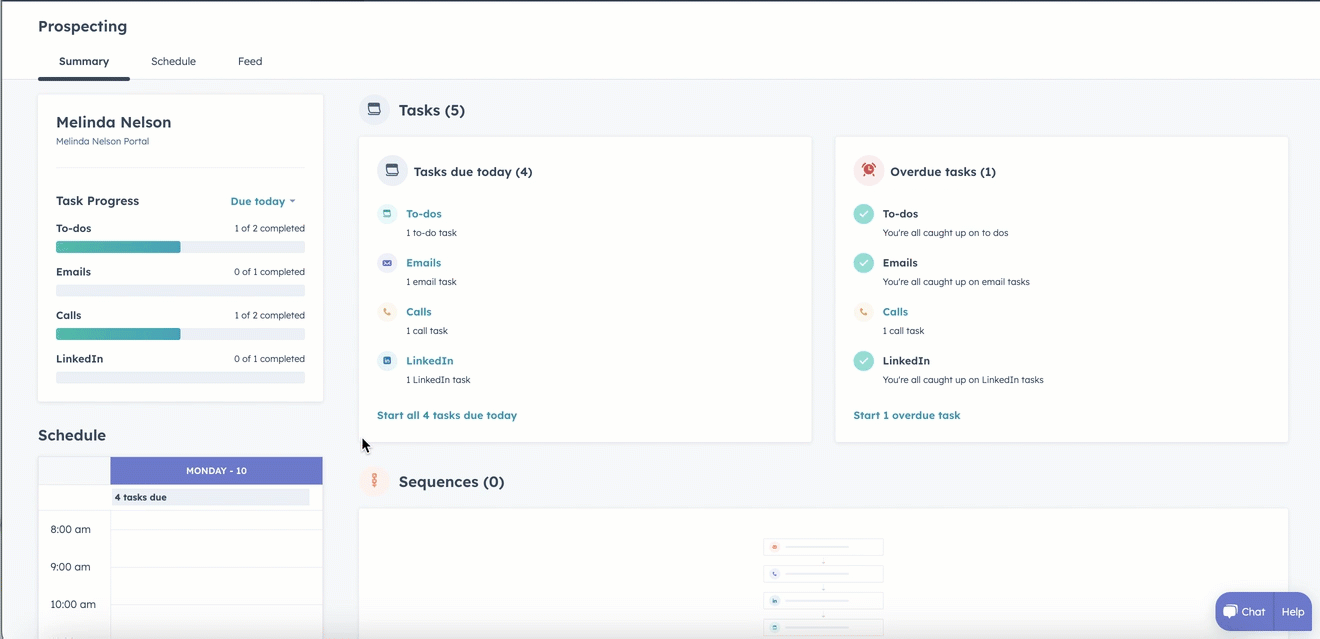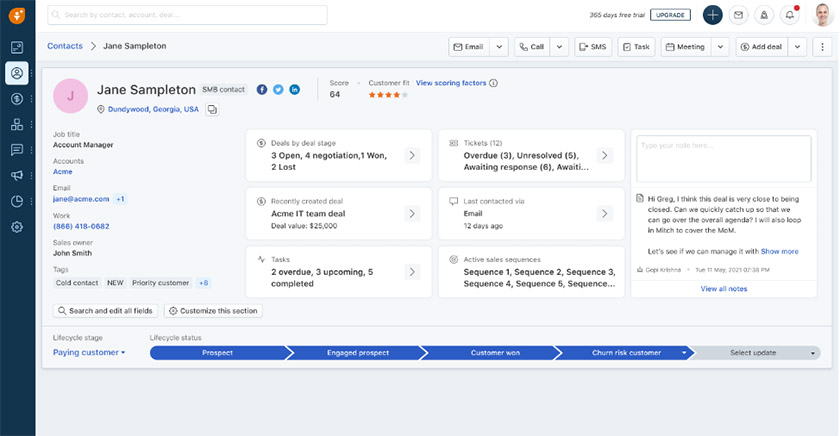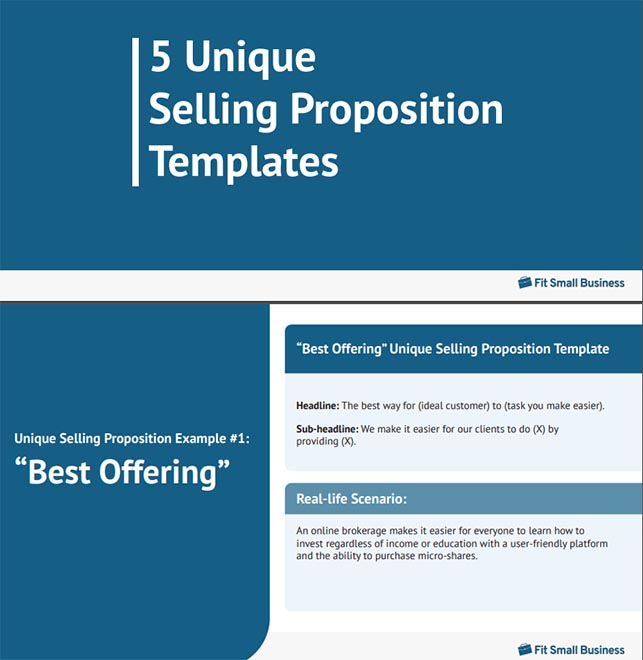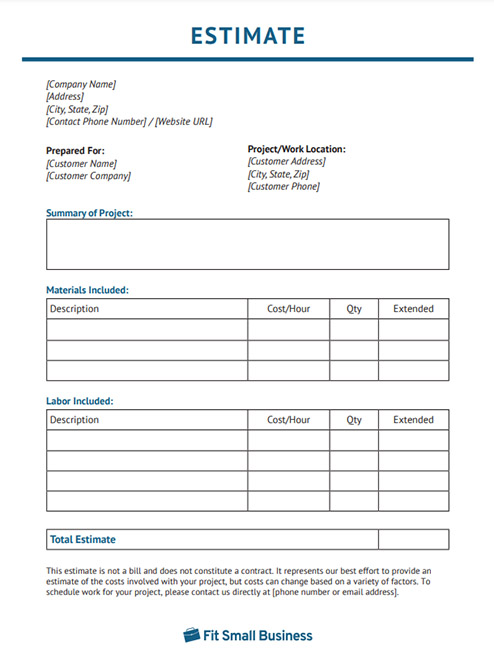Personal selling involves direct communication via phone, email, or video conference, or in person between a sales rep and a prospect or potential customer. Salespeople must have an in-depth understanding of the personal selling process to handle objections quickly, build strong relationships, and reduce churn—which is when customers discontinue a service or opt not to renew their contract. We explain the process of personal selling in detailed steps below.
Personal selling starts with generating leads and then educating and nurturing them so they move further down the sales funnel. It’s a strategy that involves one-on-one interaction with leads to convince them to reach a decision and choose your solution. Sales teams ensure an effective personal selling process using various tactics and tools.
Step 1: Lead Prospecting
Lead prospecting is part of a lead generation strategy wherein you research relevant information about potential customers or people who might be interested in your company’s offerings. Salespeople prospect by calling, sending emails, researching social media, and scheduling meetings to determine the best leads.
However, prospecting can be a tedious task if you have multiple lead sources, like your website, social media, and ecommerce store. Luckily, you can leverage technology like customer relationship management (CRM) software to implement effective prospecting alongside the other steps of the selling process. For instance, HubSpot CRM provides a holistic view of upcoming and overdue tasks, meeting schedules, sequence tasks, and other prospecting activities.

HubSpot dashboard showing task management capabilities (Source: HubSpot)
Step 2: Preparation or Pre-approach
During this step, you will practice a sales pitch and presentation that’s been custom-created for the prospect. This step involves extensively researching and formulating a tailored solution to a prospect’s business needs. You must set goals, schedule an appointment, and carry out tasks necessary for the success of the sales presentation.
You can use Freshsales CRM to capture and analyze a prospect’s activities online, like website and in-app interactions. This helps identify the prospect’s pain points so you can determine the best solution to offer during the sales presentation. You can also use this tool to automatically enrich customer data via auto-log conversations and view tasks and scheduled appointments for effective sales planning and follow-ups.

Freshsales Customer 360 view showing complete customer details (Source: Freshsales)
Step 3: Approach
This stage is when you deliver your sales pitch, which aims to get the lead’s buy-in. A sales pitch must have an introduction, a unique selling or value proposition, and a call to action. At this point, a sales rep can meet the prospect in person, via phone, or via video conference to present the formulated tailored solution. The goal in this stage is to nurture the lead, which will pave the way for a smooth transition toward the sales demonstration.
An effective sales pitch is one where the prospect feels your intention of providing a personalized solution. To do this, frame your sales pitch around your customer’s needs instead of yours. You should also choose the right channel based on your customer’s utmost preference for a more positive response. If you’re ready to send a follow-up email to confirm the demo appointment, check out our follow-up email templates here.
Step 4: Sales Presentation
A sales presentation, or product demo, explains how a recommended solution to an existing pain point or gap can benefit the lead based on accurate research data. At this stage, you must share a unique selling proposition and show how the features of the product work based on real-life scenarios or use cases. After presenting the features and use cases, outline the implementation timeline (e.g., one-day installation) and process, as well as infrastructure requirements for clarity.
A product demo can make a difference in winning a deal, so sales teams must be able to humanize their sales presentation. One way to do this is by role-playing with your sales team to determine and pick the best practices of the top sales performers. Managers should also create an updated sales playbook to guide reps in personalizing customers’ sales experience.
Step 5: Handling Objections
A sales objection refers to the reason why a lead doesn’t move forward to the next stage, which is a natural part of personal selling. As expected, your prospect will throw many questions at you, such as about your offer’s cost-effectiveness, timing, relevances, and appropriateness to their existing needs. The common reasons for sales objections also include fear of change, satisfaction with the current provider, and preference for a more recognizable brand.
Active listening, validating concerns, and asking follow-up questions are important in making your prospect feel your genuine interest in prioritizing their needs. You can also leverage social proof like your case studies and customer testimonials to prove your point. If your lead doesn’t ask any questions, follow up via email or call.
Pro tip: The best sales management teams practice emotional selling. For instance, role-playing the personal selling process with examples like explaining the risk of not buying and offering an exclusive offer helps overcome objections and close the deal.
Step 6: Closing
It’s now time to close the deal. At this point, you must determine if the prospect is ready to negotiate the terms of the agreement. The time duration of closing depends on the deal’s complexity and changes in the sales contract.
Providing an estimate can help expedite the closing stage. You can check our seven free estimate templates to provide your prospects with detailed pricing information. Clearly outline product or service options and the costs of your services, and follow the best practices for writing estimates in your proposal to build trust.
Step 7: Follow Up
Sales teams must follow up with the customer after closing a deal to determine the likelihood of establishing a good long-term business relationship. You can follow up with a customer after a sales demo by sending an email, survey form, or phone call. Also, you can set up a meeting in person or via video conference.
Some businesses have a dedicated account management team. Account managers nurture relationships with customers, which is an essential aspect of operating a business. Once a deal is closed, sales teams can send customers to this team for onboarding. Effective onboarding can ensure your new customers will remain loyal and be willing to renew or upgrade their subscriptions in the future.
Frequently Asked Questions (FAQs)
The three types of personal selling include order taking, order getting, and order creating. Order-taker reps are engaged in inbound sales, helping leads choose the best solution for their needs. On the other hand, order-getters are outbound sales reps who initiate contact with leads to stir their interest in their offerings. Order-creators find and establish business opportunities for the company using persuasion, profit incentives, and relationship nurturing.
Some of the pros of personal selling include highlighting expertise, establishing trust, closing more deals, and gaining loyal customers. A major con of this process, however, is that it can be time-consuming. Using the right tech tools helps implement an effective personal selling process that can help sales reps become more efficient, competent, and confident in what they do.
Customer relationship management (CRM) software and sales templates are essential tools for implementing the steps in the personal selling process. Sales teams can use a CRM to manage leads and deals, as well as sales templates for follow-up emails and pricing estimates, to determine where the lead is in the stages of the personal selling process or the sales funnel.
Bottom Line
The steps to an effective personal selling process include implementing strategies on properly prospecting leads, preparing the sales pitch, and implementing the right approach. Sales teams must practice how to deliver a compelling sales demonstration, handle objections, and close the sale by addressing all the prospect’s questions and concerns. Leverage the lead, sales, and contact management features of CRM systems and sales templates to help you close the deal.


